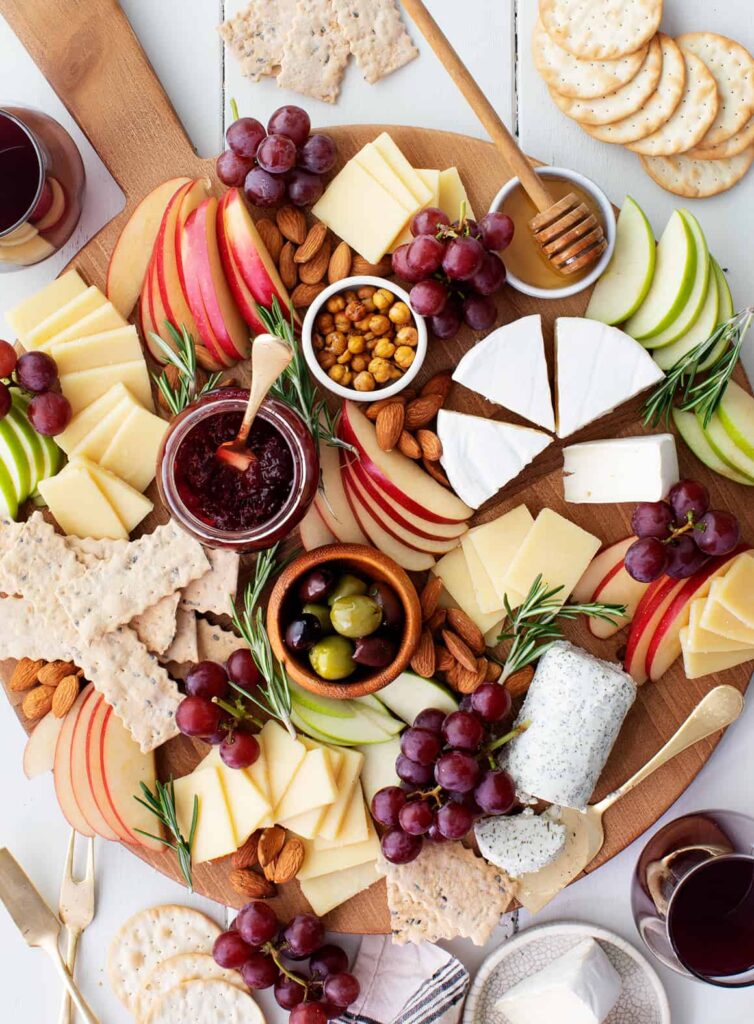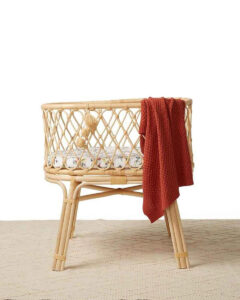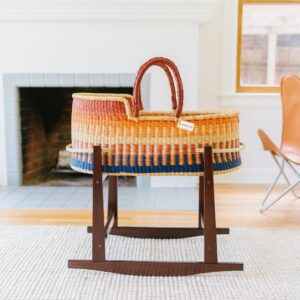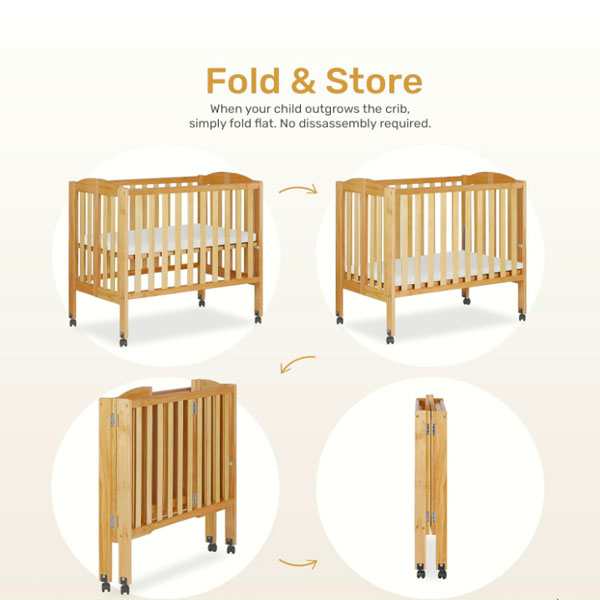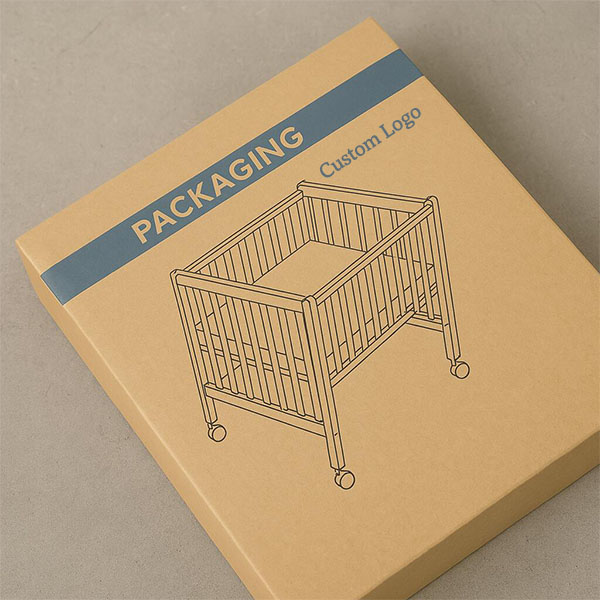The Origin of the Cheese and Charcuterie Board
Introduction
The cheese and charcuterie board has become a staple at gatherings, wine tastings, and elegant dinner parties worldwide. But have you ever wondered where this culinary tradition began? The combination of cured meats and cheeses has deep historical roots, shaped by centuries of cultural evolution, regional influence, and artisanal craftsmanship. In this article, we will explore the origins of the cheese and charcuterie board and how it evolved into the modern-day gourmet experience.The cheese and charcuterie board has become a staple at gatherings, wine tastings, and elegant dinner parties worldwide. But have you ever wondered where this culinary tradition began? The combination of cured meats and cheeses has deep historical roots, shaped by centuries of cultural evolution, regional influence, and artisanal craftsmanship. In this article, we will explore the origins of the cheese and charcuterie board and how it evolved into the modern-day gourmet experience.
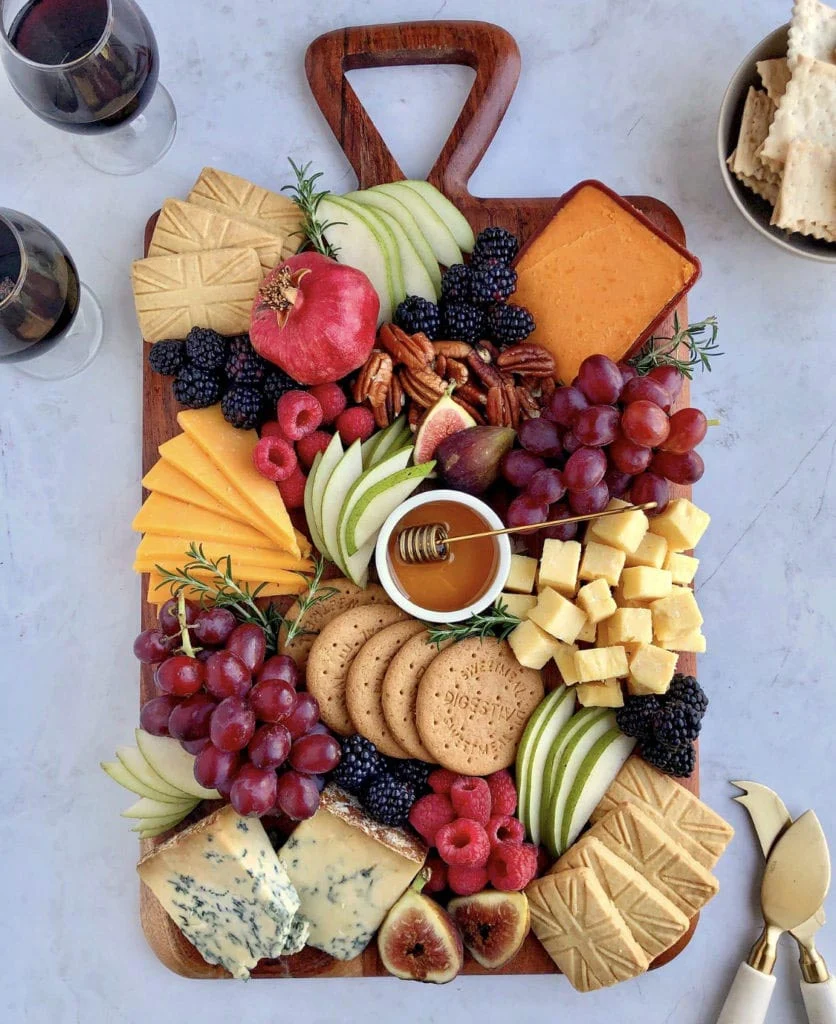
1. The Ancient Beginnings of Cheese and Cured Meats
A. The History of Cheese
Cheese-making dates back over 7,000 years, with the earliest evidence found in Mesopotamia and ancient Egypt. Early civilizations discovered that curdled milk could be preserved, leading to the creation of various cheese varieties. Ancient Greeks and Romans refined cheese-making techniques, transforming it into a key part of their diet.
- The Romans were among the first to age and store cheese for trade.
- Monasteries across Europe later perfected cheese aging, giving birth to many iconic varieties we enjoy today, such as Brie, Gouda, and Cheddar.
B. The Art of Charcuterie
The term “charcuterie” originates from 15th-century France, derived from the words chair (meat) and cuit (cooked). It refers to the craft of preserving and curing meats, which dates back even further to ancient times when people needed ways to store meat without refrigeration.
- Romans and Greeks developed early curing methods using salt and smoke.
- The French elevated charcuterie into an artisan craft, producing high-quality pâtés, sausages, and terrines.
- Today, countries like Italy, Spain, and Germany are renowned for their cured meat traditions (Prosciutto, Chorizo, Speck, and Salami).
2. The Evolution of the Cheese and Charcuterie Board
A. Medieval and Renaissance Influence
During the Middle Ages, feasts often included assortments of meats, cheeses, and bread. These early versions of charcuterie boards were practical for preserving food and providing sustenance for long travels.
- Nobles and royals in France, Italy, and England refined the practice by pairing regional cheeses with cured meats and wines.
- The Renaissance period saw a surge in cheese and meat variety, leading to more sophisticated presentations.
B. The French Bistro and Charcuterie Tradition
By the 18th and 19th centuries, charcuterie had become an integral part of French bistro culture. Shops specializing in saucissons (sausages), rillettes, pâtés, and terrines emerged, and charcuterie boards became a common offering in cafés and markets.
- The French influence made its way to America and beyond, introducing gourmet cheese and charcuterie pairings.
- Italy and Spain followed suit, with regional meats like Prosciutto di Parma and Iberico ham gaining popularity.
3. The Rise of the Modern Charcuterie Board
A. The Social Media and Aesthetic Appeal
In recent years, cheese and charcuterie boards have surged in popularity, particularly due to their Instagram-worthy presentations.
- Creative boards now feature an array of ingredients like honey, nuts, fresh fruits, jams, and artisan crackers.
- Themed boards (seasonal, holiday, or wine-pairing boards) have become trendy among food lovers.
B. Global Influence and Fusion Trends
Modern boards embrace a fusion of cultures, featuring international cheeses and meats such as:
- Japanese Wagyu beef charcuterie
- Middle Eastern-inspired cheese boards with labneh and za’atar crackers
- Mexican charcuterie with chorizo and queso fresco
4. Key Ingredients for an Authentic Charcuterie Board
To create a board true to its origins, consider the following elements:
A. Classic Cheeses
- Brie (France) – Creamy and mild, pairs well with fruits and nuts.
- Parmigiano-Reggiano (Italy) – Aged and nutty, ideal with cured meats.
- Gorgonzola (Italy) – Blue cheese for a tangy bite.
- Cheddar (England) – Sharp and crumbly, great with fig jam.
B. Traditional Cured Meats
- Prosciutto (Italy) – Delicately sliced, slightly salty.
- Chorizo (Spain) – Smoky, spiced sausage.
- Salami (France/Italy) – Aged and rich in flavor.
- Soppressata (Italy) – A bold, peppery cured meat.
C. Accompaniments
- Breads & Crackers: Baguettes, crostini, and seeded crackers.
- Spreads & Jams: Fig jam, honey, whole-grain mustard.
- Nuts & Fruits: Almonds, walnuts, grapes, and dried apricots.
5. Conclusion: A Timeless Culinary Tradition
The cheese and charcuterie board has evolved from a simple method of food preservation to a gourmet experience enjoyed worldwide. Its rich history, cultural significance, and adaptability make it a timeless centerpiece for any gathering.
Whether you’re crafting a traditional French charcuterie platter or an innovative fusion board, knowing its origins enhances the appreciation of every bite. So, next time you indulge in a beautifully arranged charcuterie board, remember—you’re partaking in a centuries-old tradition!

